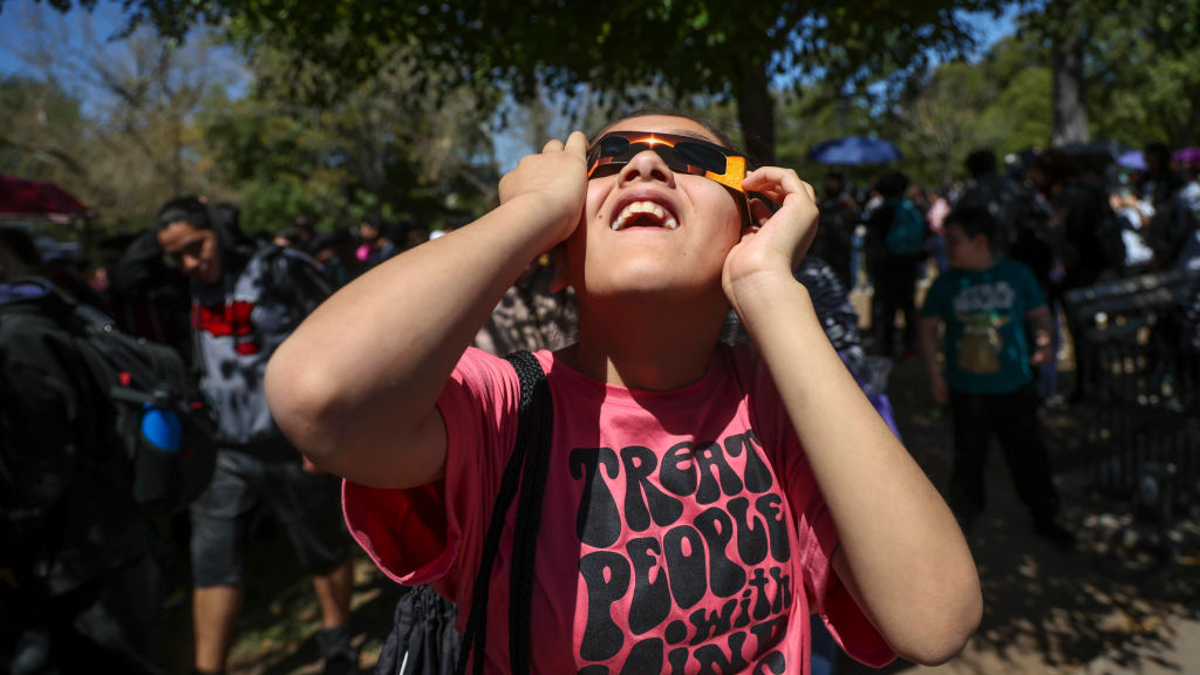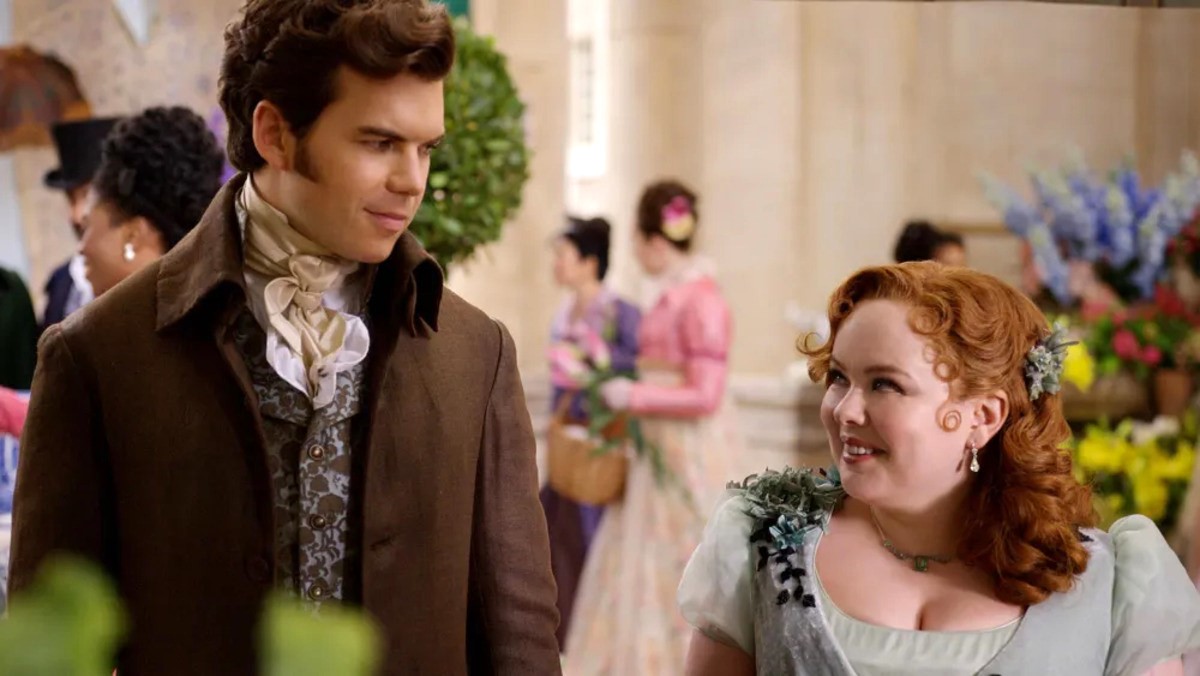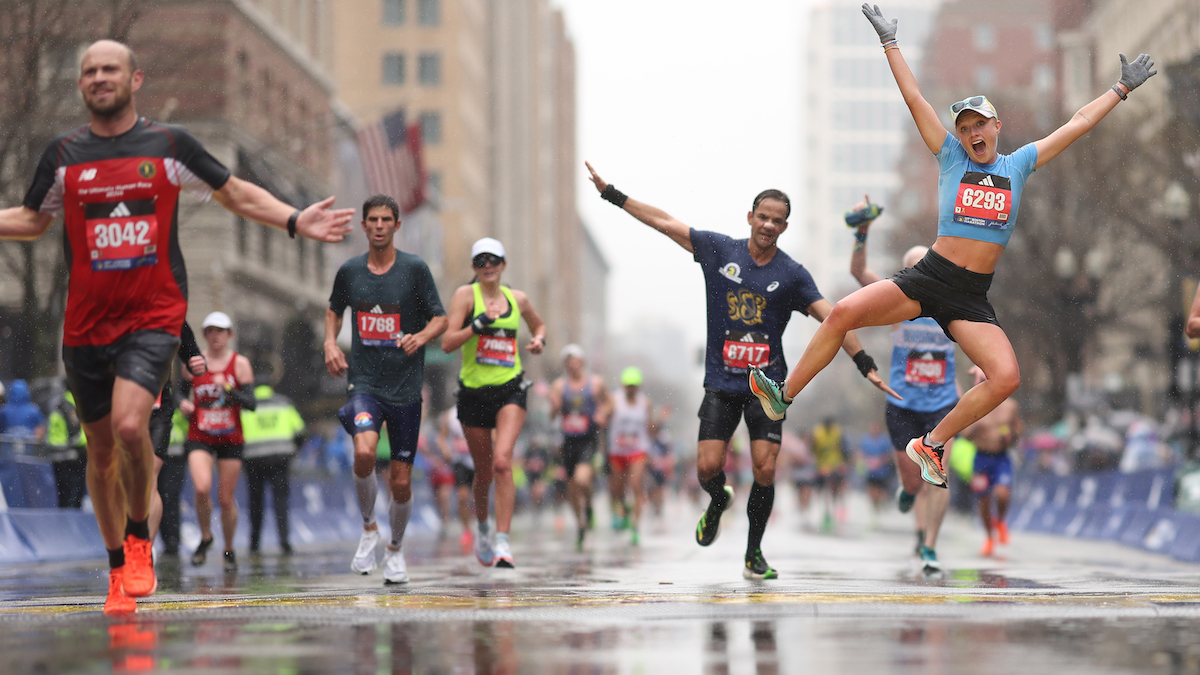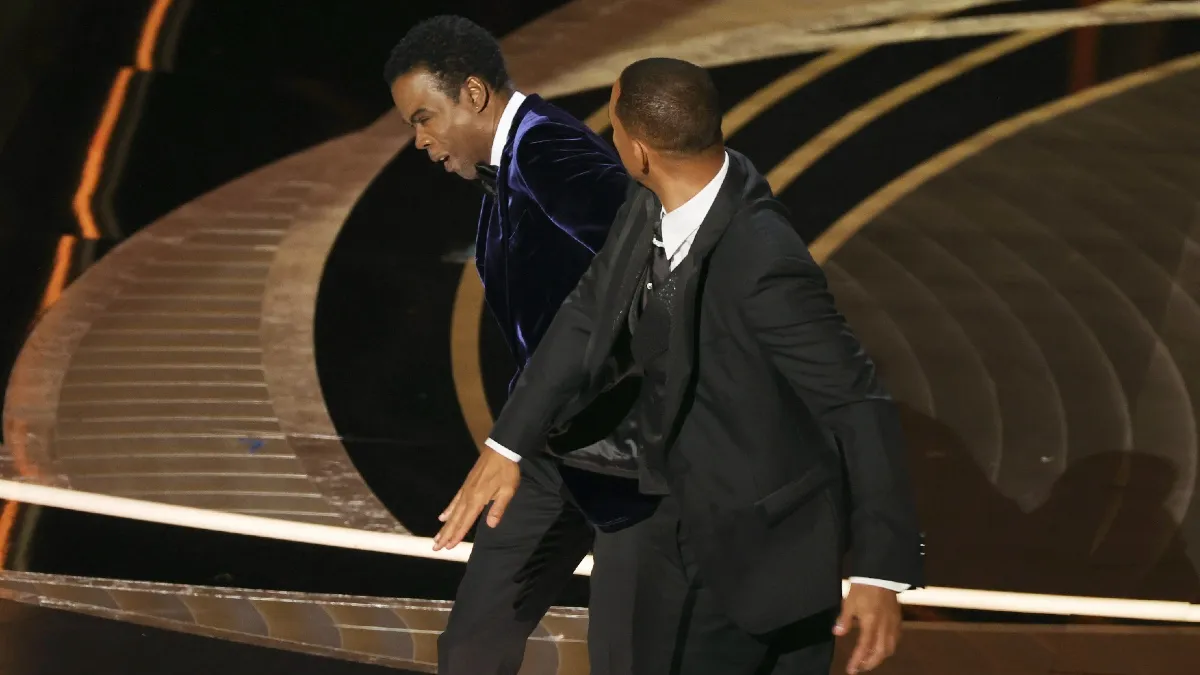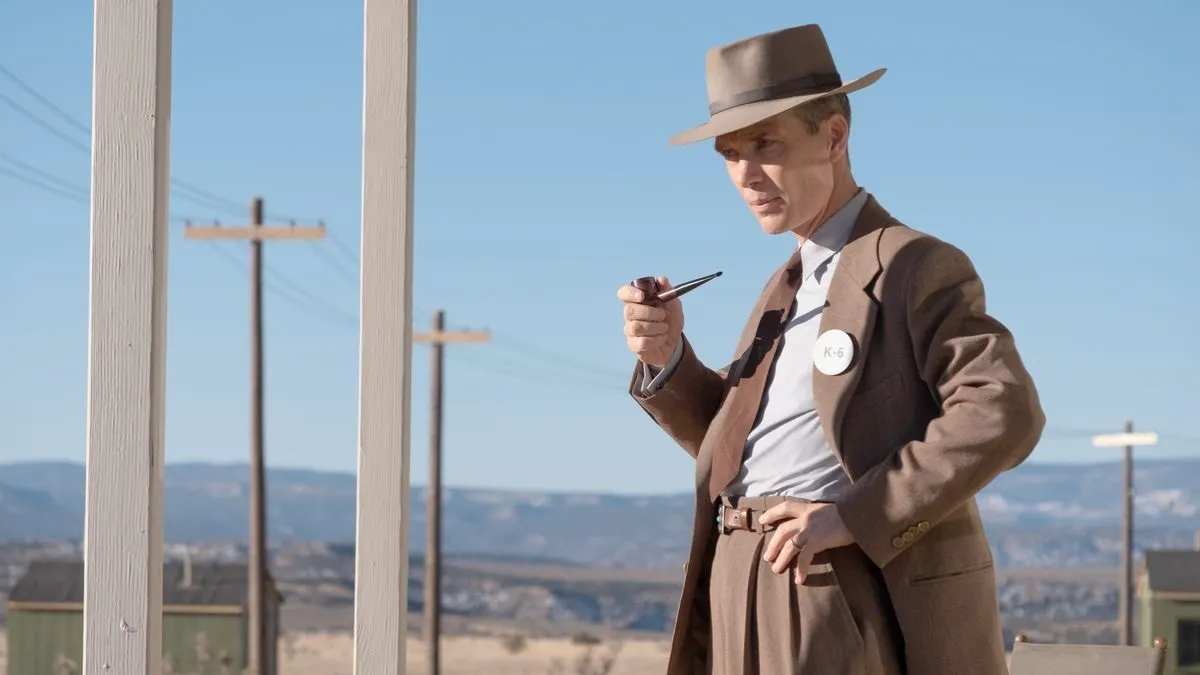There are few natural phenomena as inspiring as a total solar eclipse.
Throughout history, humans have been awed by this rare occurrence and have had every kind of reaction to it, from worshipping the strange event to being utterly terrified by it. After all, if you didn’t have the benefit of a modern scientific education (like some Republican politicians are angling for), you too would be pretty confused as to what exactly was blocking the most consistently bright thing in our sky.
Of course, because of the angles and sheer size of the celestial bodies involved, eclipses are a very localized phenomenon. People in Hanoi or Nairobi would have seen nothing out of the ordinary while eclipse fever took over several parts of the U.S. during the April 2024’s total solar eclipse. And even across America, what people will see in the sky will differ vastly depending on their location.
When a solar eclipse happens, who can see it? Read on to find out about fun concepts like the path of totality and how to watch an eclipse safely (hint: don’t stare directly at it, even if that’s what the former president once did).
Who can see a solar eclipse?
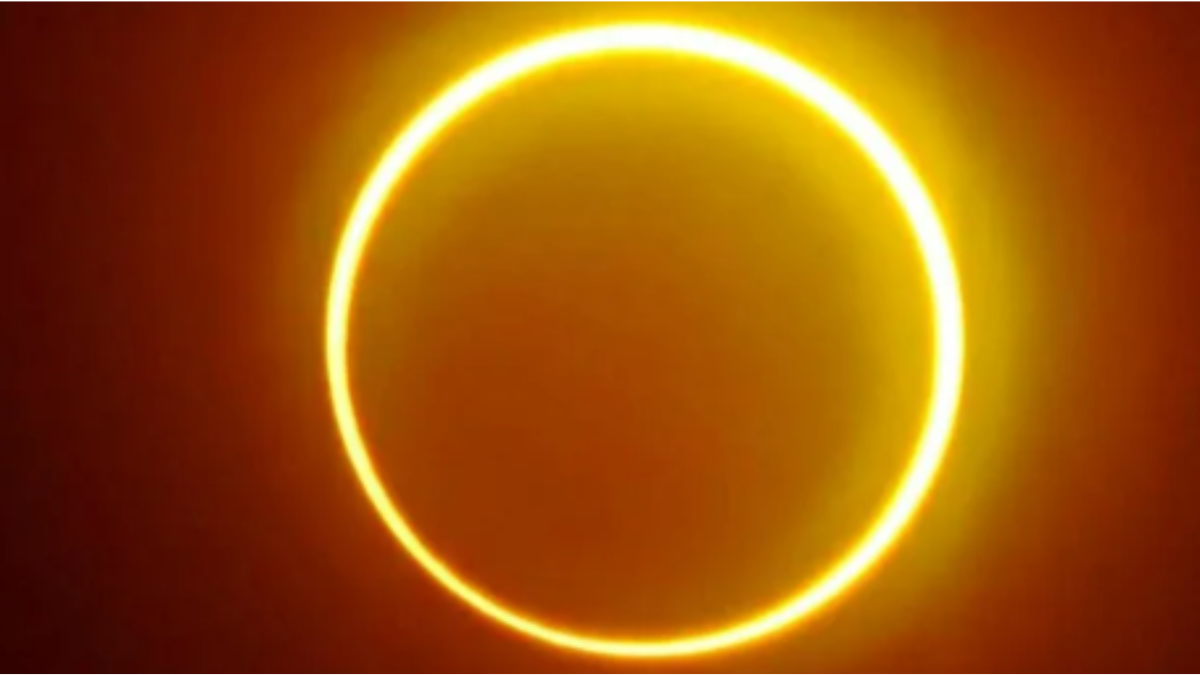
During a solar eclipse, many people will only be able to see what’s known as a “partial eclipse.” This is when the shadow of the moon first inches over the sun, and should only be looked at when the viewer is wearing eclipse glasses. Otherwise, they will risk giving themselves long-term eye damage. A partial eclipse might not be the jaw-dropping event that a full one is, but it’s still incredibly rare and cool to see a shadowy bite taken out of the sun. With the April 8, 2024 eclipse, the partial eclipse phase was viewable to everyone in the States, whether they were in Wyoming or Washington D.C. (cloud cover permitting). However, only those in Texas, Oklahoma, Arkansas, Missouri, Illinois, Kentucky, Indiana, Ohio, Pennsylvania, New York, Vermont, New Hampshire and Maine were able to see a total solar eclipse, which is when the moon covers the entirety of the sun. This incredible natural phenomenon only lasted for around three or four minutes.
Those states were able to enjoy the full eclipse because they’re under a narrow band of land known as “the path of totality.” Frustratingly, this swathe of eclipse-bountiful land is only around 100 miles wide, which means that to get the experience in all its glory, you need to be in the right place at the right time. Scientists from NASA confirmed that it took 68 minutes for the eclipse to traverse the U.S., beginning in Texas and ending in Maine (for American watchers, anyway ⏤ Canadians in Newfoundland had until 5:16pm local time to get a glimpse).
Do you need to wear eclipse glasses to watch an eclipse?
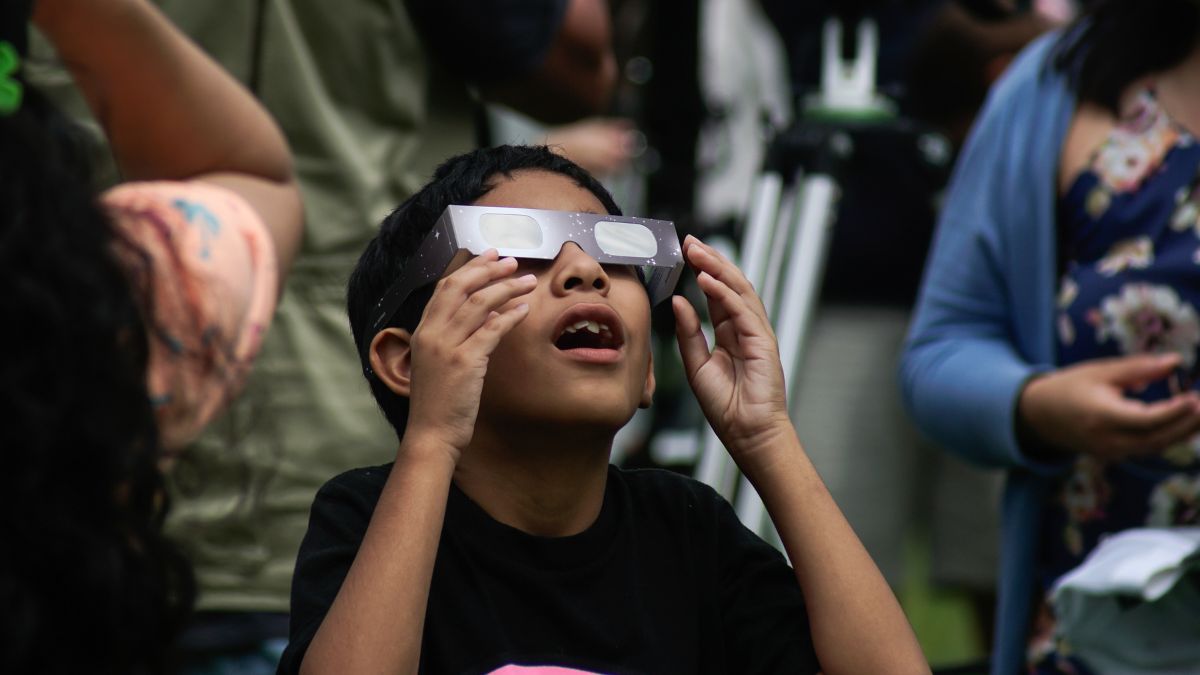
Despite what terrible internet rumors and Facebook memes say, looking at an eclipse directly will not reveal any deep secret about the universe or give you special powers. You will just hurt your eyes, possibly irreparably. The official name for this damage is solar retinopathy and it cannot be treated. The only people who are able to look at an eclipse without the protection of glasses are those under the path of totality, and only when full totality is achieved. That means there’s a maximum time of around 4 minutes where it is possible to stare at the sun with no protection. Those without glasses can make a simple pinhole camera that allows them to see the event without causing long term damage to their retinas.
Is it worth looking at an eclipse even if you’re not under the path of totality?
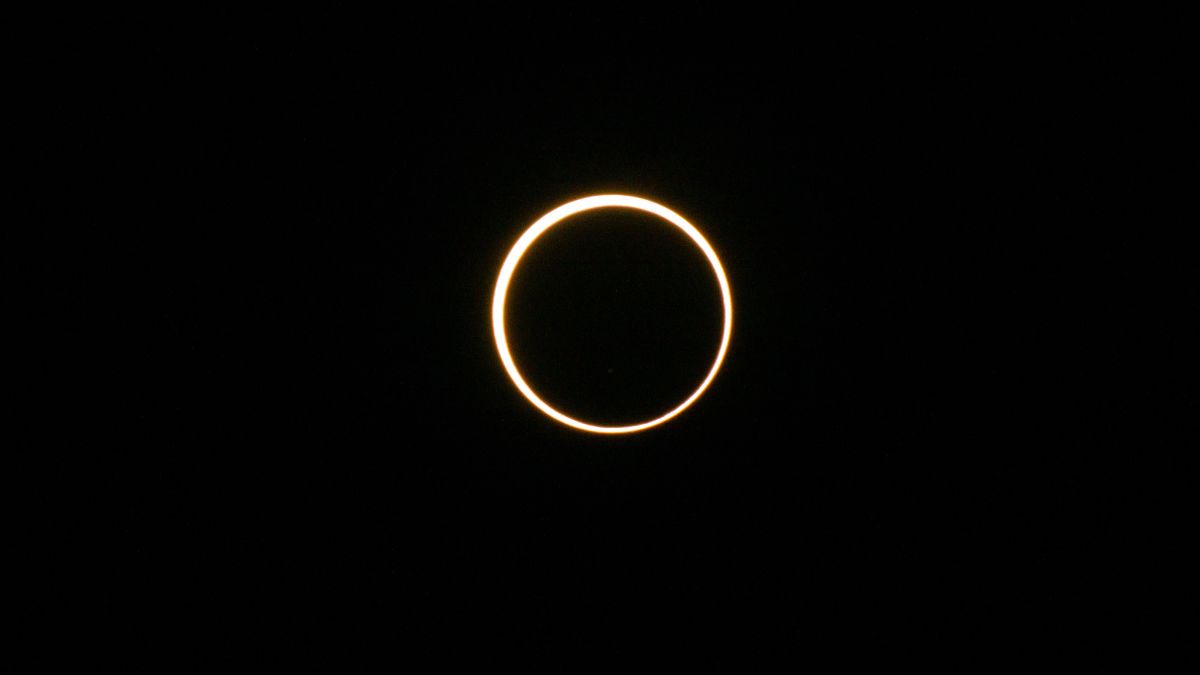
Yes! If you have the right protection, then even a non-total eclipse can be inspiring to look at. Astronomers have even given some of the pre and post eclipse phenomena some snazzy names to show just how cool they are. The partial eclipse that we mentioned earlier can last for over an hour, but the real action takes place around 20 minutes prior to totality. That’s when the sky begins to lose its light and color, which can occasionally even lead some animals to behave strangely as their circadian rythyms are interrupted. Even some humans are known to have deep, intense reactions to seeing the eclipse because of this.
The next few phases all happen relatively quickly, but can be clearly defined. First, there’s the phenomena known as Baily’s Beads, which is when sunlight trickles through the moon’s craters and valleys, leading to a series of bright dots to appear around the moon like a kind of splotchy halo. Sometimes you can even spot prominences during this phase, which are bursts of intense solar energy shooting out from the sun’s surface. These can appear to be purple or white, and are unfathomably powerful. Next comes a few moments where the sun looks like a sparkling diamond ring. If viewers aren’t under the path of totality but are nearby, this is often as far as they’ll get to see. The sun, although mostly covered, is still incredibly bright, so should not under any circumstances be looked at directly.
What happens during a solar eclipse?
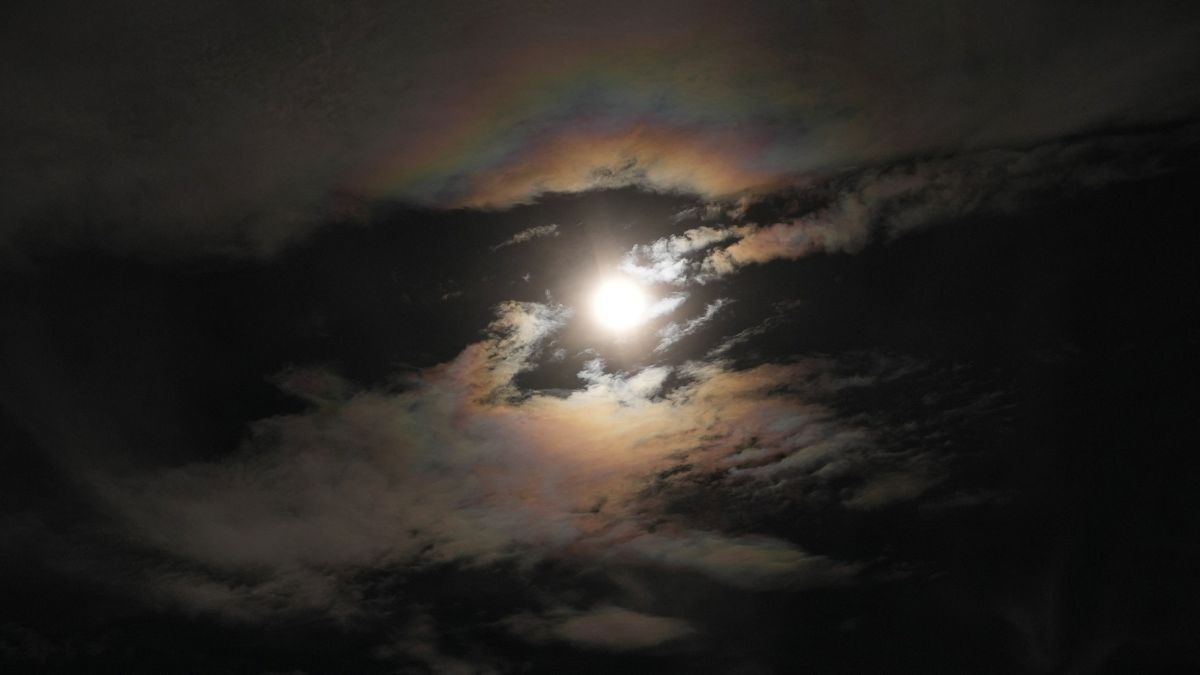
As totality hits, the moon appears to be encircled by a bright white ring. This is the sun’s hot outer atmosphere, known as the corona. One of the reasons astronomers love eclipses so much is that they give us the opportunity to study the corona, which is millions of degrees hotter than the actual surface of the star itself. They use tools like research planes to gather their data and try to understand its mysteries. While the sun is the star of the show during this time, if you look around you may also be able to see various planets in our solar system, including Mars, Venus, Jupiter, and even Saturn (if the weather is good enough).
At this point, nocturnal animals occasionally come out, so don’t be surprised if you hear crickets chirping or birds suddenly go quiet. The temperature will also drop during this time, as the sun’s heat is blocked by the moon. From there, the process reverses, and within an hour it’s like it never happened (until the next time, which will be in over a decade for Alaska, and even longer for the continental states). The memories of the eclipse, however, will undoubtedly last a lifetime for those privileged enough to see it in all its glory.

